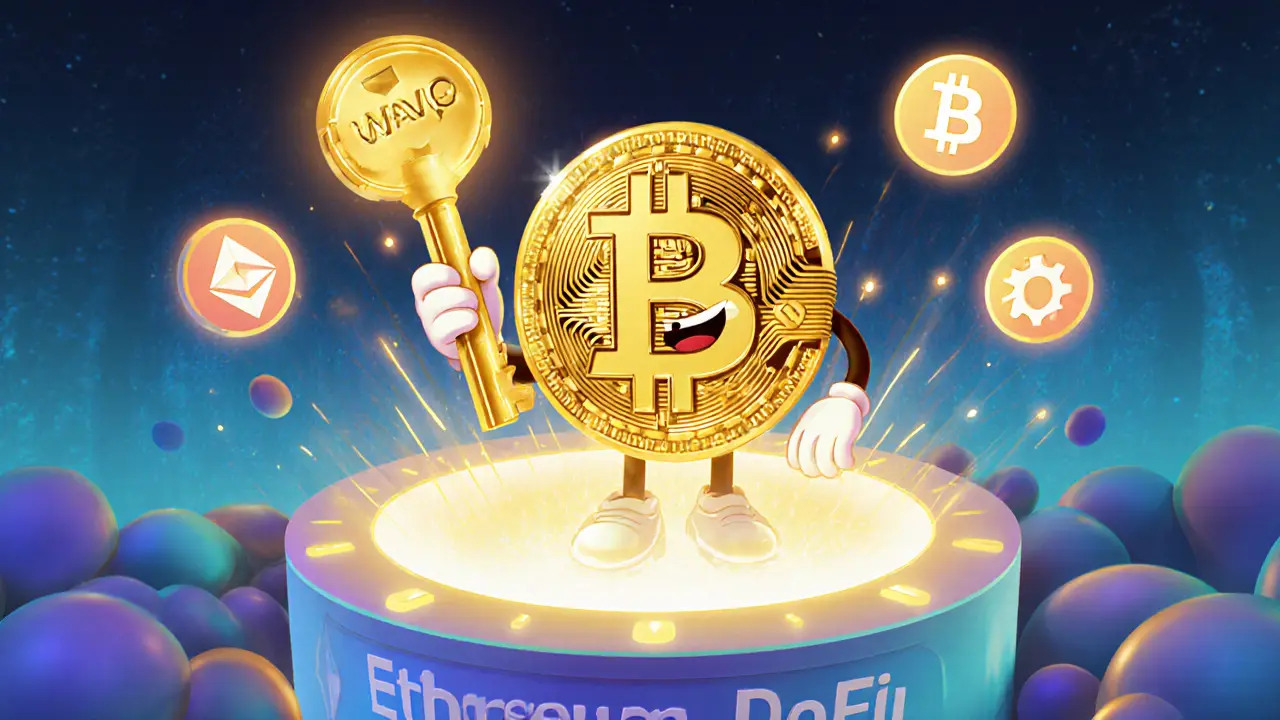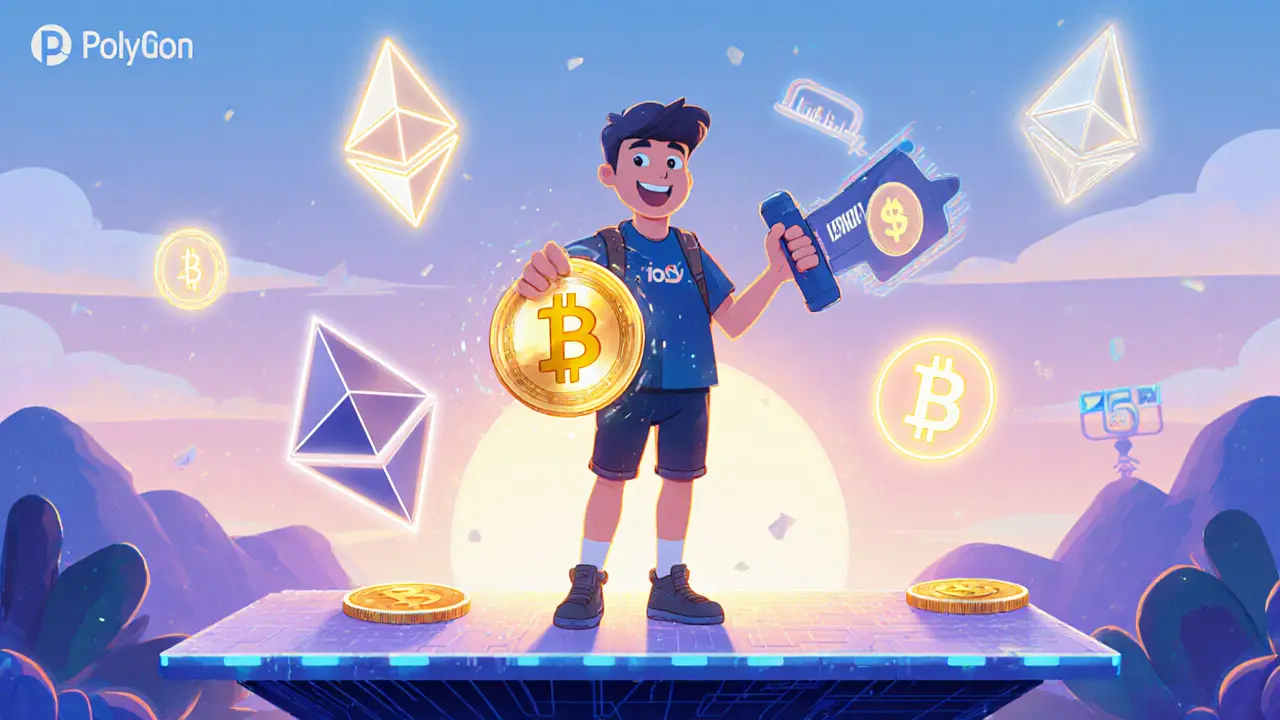Wrapped Bitcoin (WBTC) lets you use Bitcoin in Ethereum DeFi apps while keeping your BTC. It's backed 1:1, but requires trust in custodians. Learn how it works, who uses it, and whether it's right for you.
DeFi: A Practical Overview for Anyone Curious About Decentralized Finance
When working with DeFi, decentralized finance that uses blockchain to deliver financial services without traditional banks. Also known as decentralized finance, it enables anyone with an internet connection to lend, borrow, trade, or earn yield directly from code. This shift means you don't need a middleman approving your transactions, and it opens up new ways to earn on assets that were previously locked away. Below you’ll see how this ecosystem fits together and why it matters today.
At the heart of every DeFi product lies a smart contract, self‑executing code on a blockchain that enforces rules without human intervention. Smart contracts are the building blocks that let users lock up crypto, set interest rates, or swap tokens automatically. Because they run on public networks, anyone can audit the code and verify that the rules are followed—no hidden fees or secret clauses. This transparency is why DeFi can offer services like lending pools or automated market makers that operate 24/7.
Key Concepts Driving the DeFi Boom
Two of the most talked‑about mechanisms in DeFi are liquidity mining, a reward system where users provide assets to a pool and earn extra tokens for their support, and stablecoins, digitally pegged currencies that aim to maintain a constant value, often tied to the US dollar. Liquidity mining encourages participants to supply capital to decentralized exchanges (DEXs), which in turn reduces slippage and improves trading experiences. Stablecoins, on the other hand, bring price stability into an otherwise volatile market, making it easier to use crypto for everyday transactions or as collateral. Together, they create a feedback loop: stablecoins attract users who need reliable value, while liquidity mining rewards those who keep the DEXs running smoothly.
Understanding these pieces helps you spot both opportunities and pitfalls. Smart contracts can contain bugs, liquidity mining rewards may taper off, and stablecoins can face regulatory scrutiny. The posts below dive into real‑world examples—like exchange token risks, NFT airdrops, and tax rules—so you can see how DeFi concepts play out across the crypto landscape. Ready to explore the mix of tech, finance, and community that defines DeFi? Keep reading for actionable insights and detailed analyses.

Understanding Wrapped Bitcoin (WBTC): How It Bridges Bitcoin and DeFi

FODL Finance (FODL) Explained: The Decentralized Leverage Crypto Coin
A clear, conversational guide to FODL Finance (FODL) covering how the platform works, tokenomics, pros, cons, getting started steps, and FAQs for crypto traders.

What is BendDAO (BEND) Crypto Coin? Explained
Discover what BendDAO (BEND) is, how its NFT lending protocol works, tokenomics, risks, and future outlook in a clear, easy-to-follow guide.

Understanding Smart Contract Audits: A Complete Guide
A clear, practical guide explaining what a smart contract audit is, why it matters, common vulnerabilities, costs, and how to choose a reputable audit firm.




